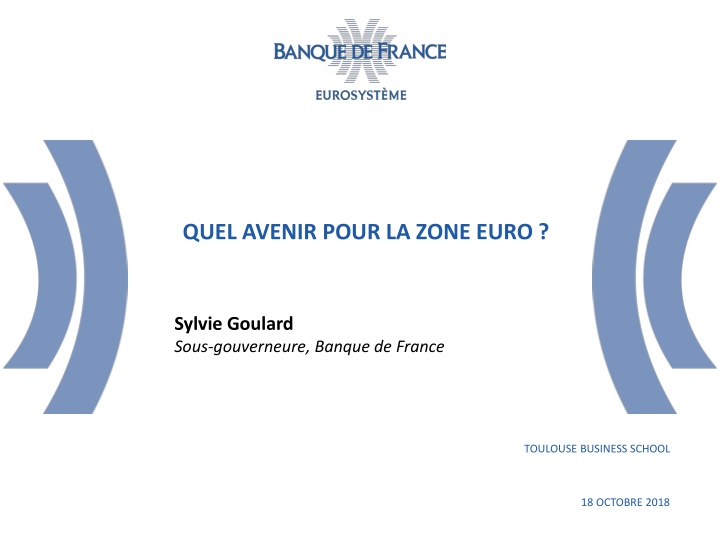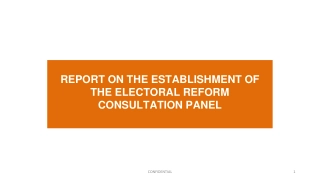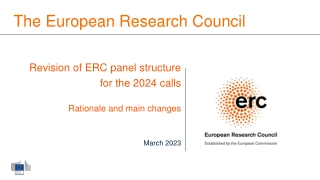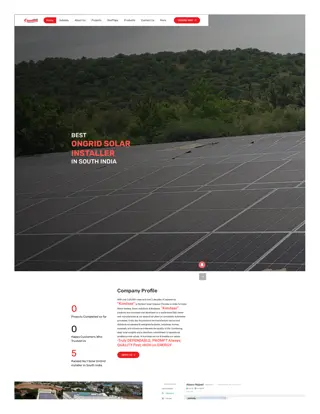
Future of the Eurozone: Demographics, Climate, Technology, and Economic Challenges
Explore the future of the Eurozone through insights on demographic shifts, climate change impacts, technological advancements, and economic challenges. Learn about population projections, temperature variations, innovation rankings, and economic convergence within the Eurozone.
Download Presentation

Please find below an Image/Link to download the presentation.
The content on the website is provided AS IS for your information and personal use only. It may not be sold, licensed, or shared on other websites without obtaining consent from the author. If you encounter any issues during the download, it is possible that the publisher has removed the file from their server.
You are allowed to download the files provided on this website for personal or commercial use, subject to the condition that they are used lawfully. All files are the property of their respective owners.
The content on the website is provided AS IS for your information and personal use only. It may not be sold, licensed, or shared on other websites without obtaining consent from the author.
E N D
Presentation Transcript
QUEL AVENIR POUR LA ZONE EURO ? Sylvie Goulard Sous-gouverneure, Banque de France TOULOUSE BUSINESS SCHOOL 18 OCTOBRE 2018
Le dfi dmographique R partition de la population mondiale (en milliards ) D composition de la population de la zone euro par classe d ge (en pourcentage du total; projections) Oc anie Am rique du nord Am rique Latine et Cara bes Europe Asie Afrique 0-14 ans 15-64 ans 65+ 80+ 100 projections 12 90 80 10 70 8 60 50 6 40 30 4 20 2 10 0 0 1950 2070 1960 1970 1980 1990 2000 2010 2020 2030 2040 2050 2060 2080 2090 2100 2016 2070 Source: European Commission 2018 Ageing Report Source: Nations Unies 2 Source: Eurostat
Le dfi climatique Diff rence de temp rature par rapport la moyenne 1850-1900 (en C) Source: GIEC, 6 me rapport (octobre 2018) 3
Le dfi technologique Classement selon l indice mondial d efficacit de l innovation (1ertiers du classement 2018; pays de l UE en bleu) 70 60 50 40 30 20 10 0 Switzerland Netherlands Sweden United Kingdom Singapore United States of America Finland Denmark Germany Ireland Israel Korea, Republic of Japan Hong Kong (China) Luxembourg France China Canada Norway Australia Austria New Zealand Iceland Estonia Belgium Malta Czech Republic Spain Cyprus Slovenia Italy Portugal Hungary Latvia Malaysia Slovakia Bulgaria United Arab Emirates Poland Lithuania Croatia Greece Source: Cornwell University, INSEAD et Organisation Mondiale de la Propri t Intellectuelle Note: L indice d efficacit de l innovation est un indicateur composite mesurant le ratio entre une gamme d inputs l innovation (Education, R&D, infrastructures, climat des affaires, soutenabilit environnementale, etc) et une gamme d outputs (brevets, actifs intangibles, mesures d impact et de diffusion de l innovation, mesures de cr ativit num rique, etc.) 4
Le march unique au service des chanes de valeur Assemblage final en France Royaume-U. Allemagne Espagne France 5
Faire converger les niveaux de vie Evolution du PIB par t te (en milliers d euros par an) Est zone euro EU 12 Nord zone euro France Sud zone euro 40 35 30 25 20 15 10 5 2007 1997 1998 1999 2000 2001 2002 2003 2004 2005 2006 2008 2009 2010 2011 2012 2013 2014 2015 2016 2017 Source: Eurostat Note: Nord zone euro: Allemagne, Pays-Bas, Finlande; Est zone euro: Pays Baltes, Slov nie et Slovaquie. Sud Zone euro: PT, CY, ES, GR 6
Rtablir la mobilit des flux de capitaux Indicateur de biais national dans les portefeuilles des investisseurs europ ens (ratio) Augmentation du biais national Source: Banque Centrale europ enne 7






















